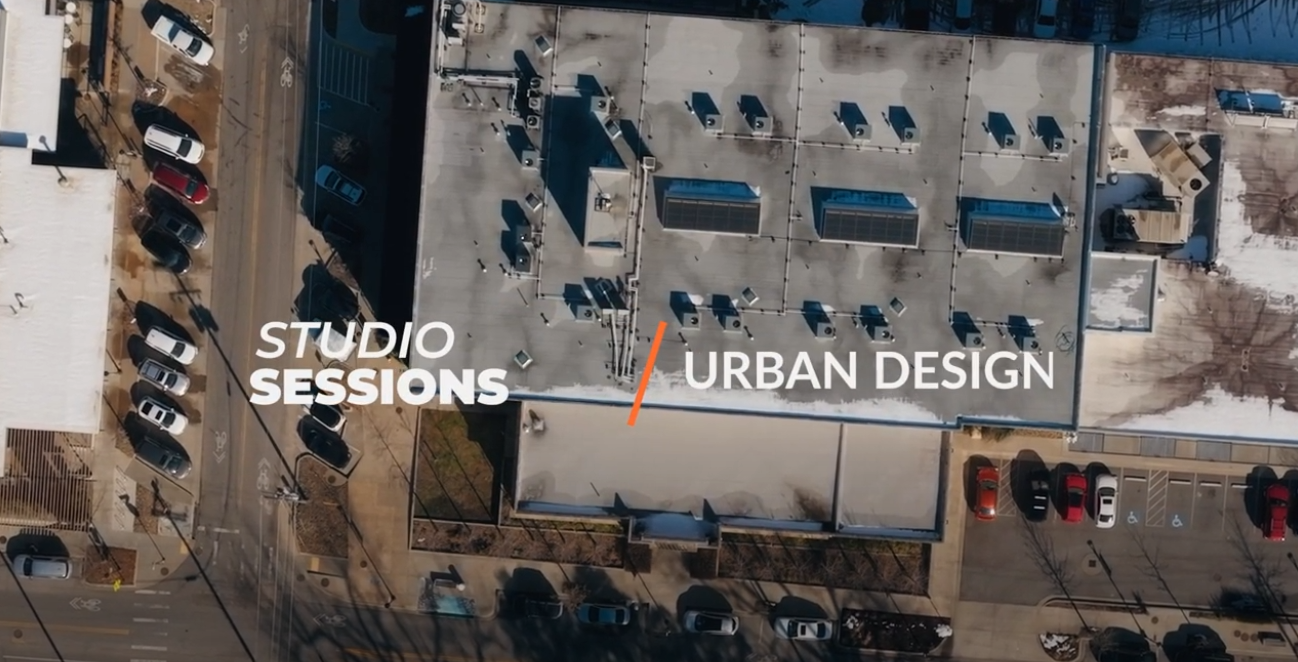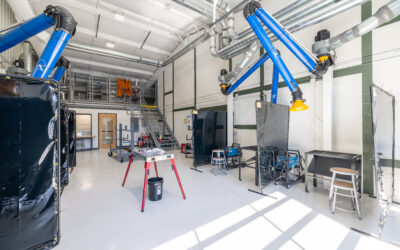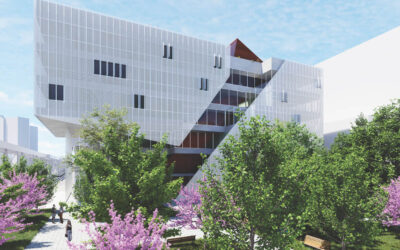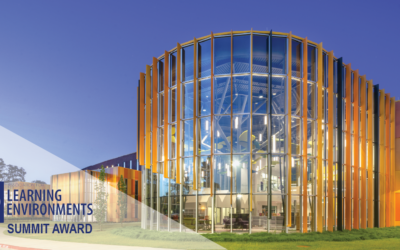Video Transcription:
Urban design is primarily the design of cities and communities. We do that by really beginning to understand what the values of those communities are. So, if they value density, if they value walkability, mixed-use design, or, multiuse zoning, that’s all part of how a city wants to grow and who they really are.
Cromwell supports that really by thoughtfully discussing what the values of those communities are. You know whether it is all of those things I just mentioned, density and so forth, or whether it is they’re looking for something a little less dense and a little more vehicularly based.
Architecture is the most important cultural amenity for a city. No matter what city it is, you know, you go to places like Paris, you go there for the beauty of the city. Same thing with New York. You go there for the cultural reasons; you go there for the amenities that they have. It’s really, I think, a reflection of that particular community.
I like using a couple of quotes, one being Frank Loyd Wright, he says that “Architecture is the mother of all arts.” One of the other quotes that is my favorite related to architecture in our communities is what Winston Churchill said, which is, “At first we shape our buildings, thereafter they shape us.” I believe what that really means is we use these buildings to reflect the values that we believe we have, but as the buildings evolve, so do we to begin to help best utilize those spaces that we have.
Cromwell’s been fortunate that our history has given us so many historic buildings in some of these dense cities that we have the opportunity to go back now and renovate them and find ways to breathe new life into them. So, for instance, it might have been a retail space for clothing that obviously now the world has shifted where they should sell everything online. We revitalize that by putting in things like restaurants and apartment complexes so that we can continue to use those spaces the way that our cities are now being used.
We’re very fortunate to do what we do, to find ways to make our communities better, make our communities safer, make our communities more dense and sustainable and resilient, and it’s just something that I think we take pretty seriously, because of the cultural and community effect that we have, not just within our lifetimes, but really within, the lifetimes of generations to come.




